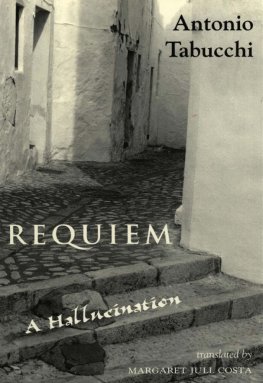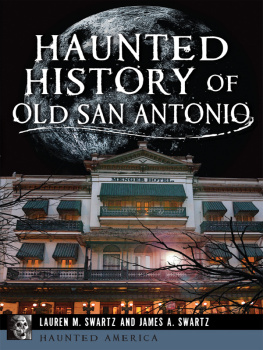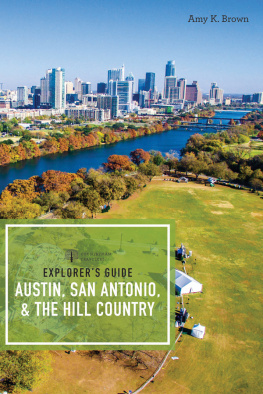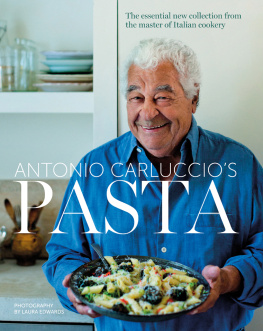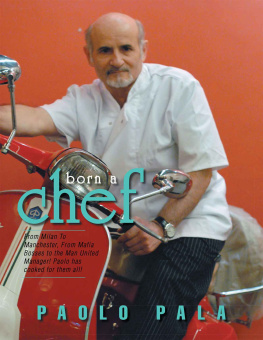AUTHORS NOTE
Giacinto De Sivo, a well-known historian, wrote of six towns that were set to fire on page 447 of his History of the Two Sicilies . Given that many historical researchers, including myself and the good Gigi Di Fiore, have taken for granted that there were six towns that were razed over a period of nine months, but as reported by the historian of Maddalonie established through continuous research that the actual number of countries burned by General Pinelli under the command of General Cialdini were twenty-two, we can assume that this mistake is not the fault of De Sivo, or that of Di Fiore nor of the undersigned if, sometimes, you come across some errors. The state of Italy has not yet organized its archives or has kept them under military control. The same is true for Eleonoro Negri, considered the Butcher of Pontelandolfo, while others believe that it was Gaetano Negri. However, both were executioners of so-called brigands and operated in the same areas. We are still waiting for the government to release with certainty that it was and how many died during the civil war that bloodied the South.
The name of Gaetano Negri has been used by many historical researchers, among which we can mention lofty names such as: Luisa Sangiuolo, Michele Topa, Roberto Martucci, Nicola Nisco, Nicolina Valillo, Vencenzo Mazzacane, Carlo Alianiello, Cesare Cesari, Ferdinando Melchiorre, Marco Monier, Gustavo Rinaldi. In the State archives of Vial Lepanto in Rome the name of Negri never appears, nor does it mention Carlo Melegari, who led the Bersaglieri to Casalduni. The author of this book has identified in Gaetano Negri the Butcher of Pontelandolfo, but perhaps it could be an error. It seems that the author of the massacre was Eleonoro Negri, but no one can prove it with certainty. A researcher from Vicenza, Andrea Kozlocic, in a historical essay entitled Bersaglieri, wrote that Pier Eleonoro Negri, born in Locara in the province of Vicenza, of a noble family, who at the time of the massacre was 44 years old and a lieutenant colonel who had already been decorated for the battle of Garigliano against the army of Francis II. This nobleman, if it is truly him, was decorated, while Matteo Negri, from Palermo, who died defending what was then his homeland, was given no recognition or tombstone from the new fledgling State. In the United States of America, once the civil war was over, a brotherhood was formed between winners and losers. In the southern states the flags of Dixie are affixed on public buildings, always present in official memorial parades; the streets are named after the heroes of both sides, as are the schools and army departments. Republican Italy, born on the ashes of the House of Savoy and fascism, has not been able to remedy this error. In France, the French celebrate the birth of the republic on July 14th of each year. In Israel they do not have streets named after Hitler who massacred six million Jews. In Italy we still have streets and squares named after Vittorio Emanuele III, who promulgated the racist laws of 1938. On 8 September 1943 he escaped from Italy with his court, leaving our homeland in the hands of German anger and the army without orders. On September 10th, north-eastern Italy was merged by Hitlers decree to the Third Reich. North-western Italy was administered by the Italian Social Republic of Mussolini while the South of Italy was in the hands of the Allies. That territorial rift was healed by the victory of the allies and the armed resistance against Nazi-fascism. 87 thousand partisans and thousands of American, English, French, Polish and Australian soldiers died. The regime historians, and the President of the Republic, have forgotten this passage in history, celebrating the 150th anniversary of a monarchy that brought Italy and the world the death of millions, biblical emigration, hunger and enrichment of just one part of Italy. A king who fled from Italy is called Soldier King, another king who defended his homeland to the death in Gaeta, Francis II of Bourbon, is called, disparagingly Franceschiello (little Francis), or worse, the army of Franceschiello to denigrate those brave soldiers who fought as heroes on the terraces of the Tyrrhenian city massacred by Cavours bombardment of over 160 thousand artillery rounds.
THE MONSTER
There is a monster in the modern world - the state - that is devouring society [] This state must be demolished [] The Italian revolution, if it does not want to degenerate into idolizing the state, or a ferocious barbarism, grown on the ruins of the fascist and capitalist state, must revive society, with a federation of associations as free and various as possible. We will also one day need a central administration, a government: never so will one or the other be at the orders of society, not vice versa. Man is the end. Not the state.
Carlo Rosselli, Against the State, in Justice and Freedom, 21 September 1934.
THE LIBERATORS
Of these the nuptials are, the gloomy funeral,
These are the inheritance of Our Fathers!
They squeezed blood from rock,
And the honest ones are them, and we are thieves!
Blows on the back and horns on the forehead.
This made us the little Piedmont!
Nicola Marmo
from Roma liberata




